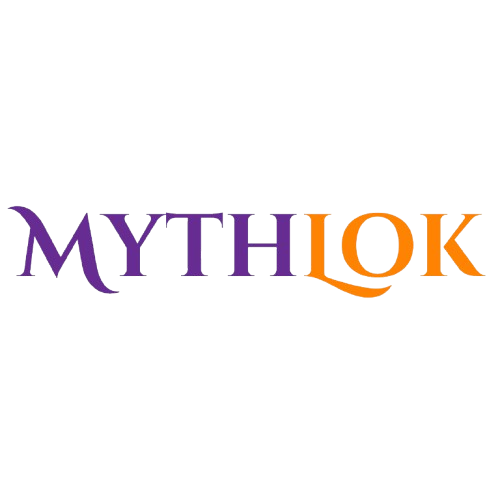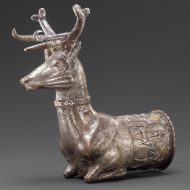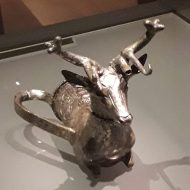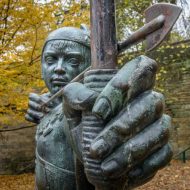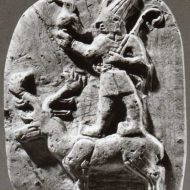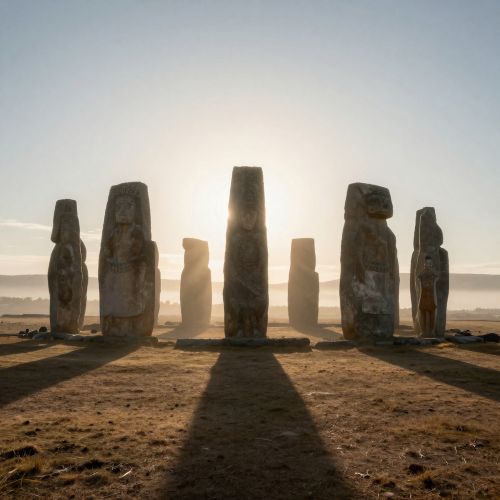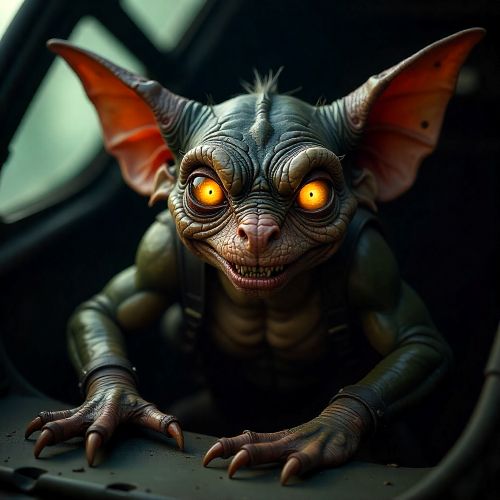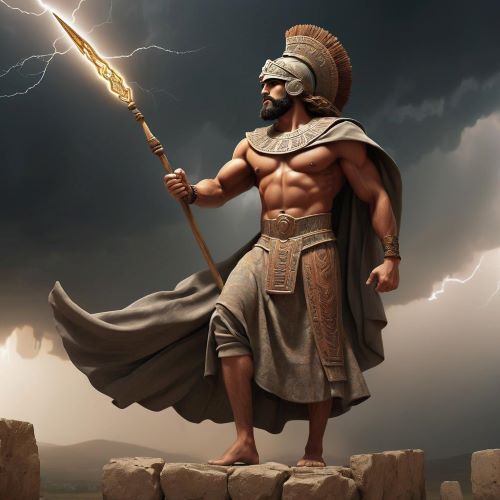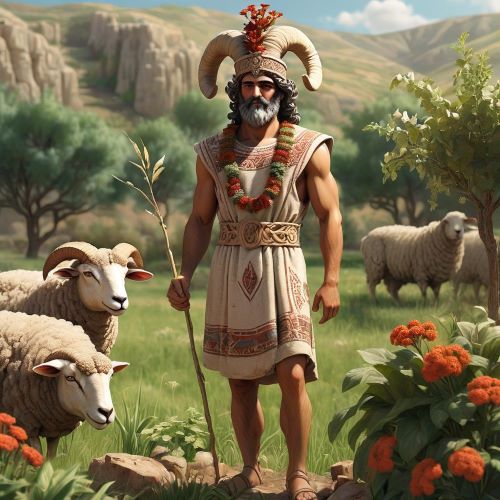Kurunta : The Hunter God
Listen
At a glance
| Description | |
|---|---|
| Origin | Hittite Mythology |
| Classification | Gods |
| Family Members | N/A |
| Region | Turkey |
| Associated With | Hunting, Warfare |
Kurunta
Introduction
Kurunta is often regarded as a god of the hunt instead of the wild places. It is an understatement to say that it is difficult to research him due to his complex nature. While some of the religious beliefs of the Hittite religion are well-known, Kurunta is also part of the muddled.
One of the main reasons why the research into Kurunta is so frustrating is that he shares his name with a Hittite king from the New Kingdom. This makes him seem like a strange person to some people, especially since politics were often mythologized in the documents that talked about him. However, these politics did provide some insight into how kings would identify with deities. There are various documents that show that Kurunta is similar to the god Kurunta.
The connection between Kurunta and the king is one of the reasons why some believe that he is the “Great King” in history. It is not a title for the god, but a title referring to the mortal king of the Hittite civilization.
Physical Traits
Kurunta is often depicted with a dead hare hanging from his neck and a large bird on his hand while holding a sword and a bow. In some representations, he still has the bird on his hand, but he also has a bow and sword.
Family
Kurunta became the king of gods after he threw Tarhun from the sky. Because of this, he has became a rebellious god who didn’t care about the other powerful gods in the pantheon. Kumarbi and Enki teamed up against Kurunta due to the gods’ desire to get sacrifices from the people and attacked the mountain god Nasalma and all of the animals. After being killed by Ninurta and Tarhun, Kurunta accepts Tarhun’s sovereignty and becomes the saving god of Carchemish.
Other Names
Runtiya could have been brought into the Hittite religion under Kurunta. Similar to how Heba was done in Arinna, this type of situation could have happened with Runtiya. Due to the various similarities between the two gods, it is believed that they are the same deity.
Powers and Abilities
Some believe that Kurunta is a god of the wild places, but most agree that he is more likely a hunting god. Despite this, his connection to the protector deity doesn’t need to be ruled out completely. In the Luwian belief system, he was regarded as a tutelary or protective deity, and he was often associated with the city of Aleppo.
Modern Day Influence
The ancient religions and mythology of the Middle East are almost all dying out due to the growth and spread of Islam in the region. The nature of Islam prevents identifying any other entity as a god and also prevents idol worship and this leads to the negligence and lack of interest in extending the research and discovery of ancient artefacts and writings.
Related Images
Frequently Asked Questions
Who is Kurunta?
Kurunta is a Hittite stag god and a tutelary deity of the countryside, often associated with protection and the wilderness.
What is Kurunta's significance in Hittite mythology?
Kurunta was revered as a protective deity, particularly for the city of Aleppo, and played a role in the Hittite pantheon as a guardian of nature and rural areas.
How is Kurunta depicted in Hittite art and iconography?
Kurunta is often depicted as a stag or deer, sometimes shown with a human head or in association with other deities, symbolizing his connection to nature and the wilderness.
What is the historical context of Kurunta's worship?
Kurunta was worshipped during the Hittite Empire period (around 1400- 1200 BC) and was also known by the Luwian name Runtiya, reflecting the cultural assimilation of the Luwians into Hittite society.
Are there any notable myths or stories about Kurunta?
While specific myths about Kurunta are not as well-documented as those of other deities, his role as a protective and tutelary god is evident in various inscriptions and artifacts from the Hittite period.

